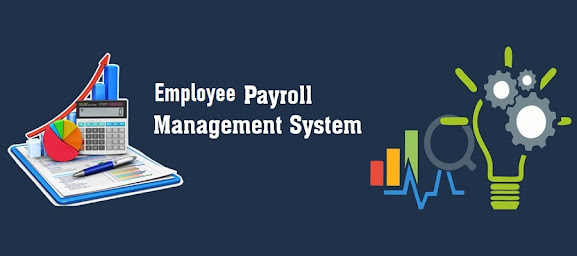Streamlining Business Operations with an Employee Payroll Management System
Managing employee payroll has evolved from manual calculations to a sophisticated process facilitated by technology. The advent of Employee Payroll Management Systems has revolutionized how businesses handle payroll, ensuring accuracy, efficiency, and compliance.
The Evolution of Payroll Management:
Gone are the days of manual calculations and stacks of paperwork. Employee Payroll Management Systems have redefined the way organizations handle payroll. Traditionally, managing employee compensation involved intricate calculations, tax deductions, and compliance with ever-changing regulations. This process was not only time-consuming but also prone to errors, which could lead to dissatisfaction among employees and legal issues for the company.
What is an Employee Payroll Management System?
This system is a software solution designed to manage the entire payroll process of a company. From calculating employee salaries and taxes to generating pay stubs and maintaining records, this system automates and centralizes the various aspects of payroll management. It integrates seamlessly with HR and accounting systems, ensuring data accuracy and facilitating smooth communication between departments.
The Benefits of Having It Onboard:
- Accuracy and Error Reduction: One of the primary advantages of an Employee Payroll Management System is its ability to minimize human errors. Manual calculations are prone to mistakes, but the automated system ensures accurate computations of salaries, taxes, and deductions.
- Time and Cost Efficiency: Automating payroll processes eliminates the need for extensive manual work, saving time for both HR personnel and employees. This time efficiency translates into cost savings as well, as fewer resources are required for payroll-related tasks.
- Tax Compliance: Tax regulations can be complex and subject to changes. An Employee Payroll Management System keeps track of these regulations, automatically calculating the correct tax deductions and ensuring compliance with local, state, and federal laws.
- Employee Satisfaction: Timely and accurate paychecks contribute to employee satisfaction and morale. An automated system ensures that employees are paid accurately and on time, fostering a positive work environment.
- Data Security: Employee payroll data is sensitive and must be handled securely. An Employee Payroll Management System offers robust security measures, protecting sensitive information from unauthorized access and breaches.
Implementing a Payroll Management System:
The transition to a payroll management system involves the following steps:
- Assessment: Evaluate your organization's payroll needs and choose a system that aligns with your requirements.
- Data Migration: Transfer existing employee data to the new system. This step may require cleaning and formatting the data to ensure accuracy.
- Configuration: Customize the system according to your company's pay structure, benefits, tax regulations, and other relevant factors.
- Training: Provide training to HR personnel responsible for using the system. Familiarity with its functionalities ensures optimal usage and data accuracy.
- Testing: Thoroughly test the system before going live to identify and resolve any glitches or discrepancies.
- Launch and Integration: Once the system is tested and ready, integrate it with other relevant systems, such as HR and payroll outsourcing.
- Support and Maintenance: Continuous support and system updates are essential to address any issues that may arise and to keep the system up-to-date with changing regulations.




Comments
Post a Comment